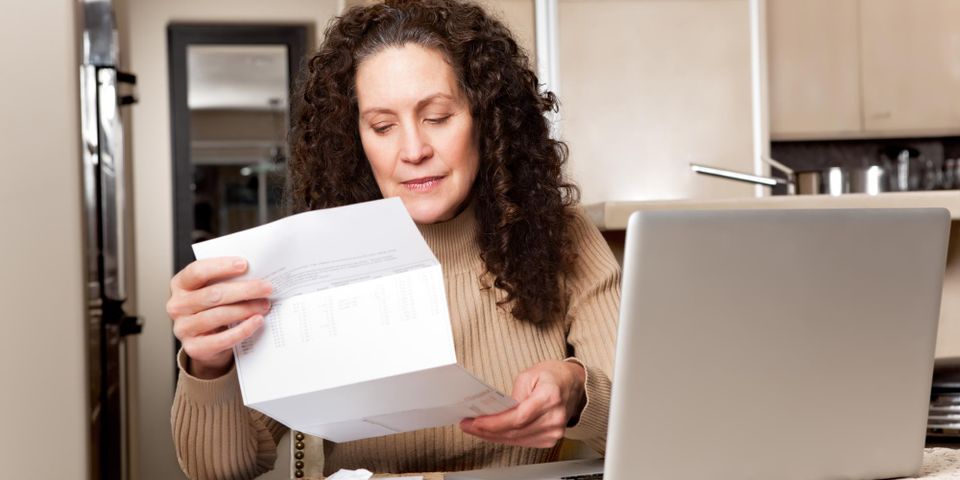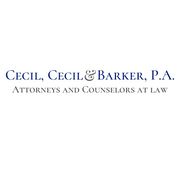What's the Difference Between Chapter 7 & Chapter 13 Bankruptcy?

Sometimes, debts from loans and credit cards can overwhelm people financially. Filing for bankruptcy can protect individuals from garnished wages and debt collectors. Filers can relieve some or all of their debts and even improve their credit after declaring Chapter 7 or Chapter 13 bankruptcy. However, these filings are used in specific situations. To better communicate with your attorney, consult the guide below on the differences between the two options.
What Is Chapter 7 Bankruptcy?
Chapter 7 is the more common filing. It's used for individuals or couples who have little to no disposable income. To qualify, the working members of the household must earn less money than the state's median. Variables like employment status and income changes are taken into account by the court.
If approved for a Chapter 7 filing, the court mandates an automatic stop. Creditors can't collect payments or garnish wages. Any eviction or foreclosure processes will end, as well. The court then takes possession of your properties—most of which will be sold to decrease the debt. However, most properties and possessions are exempt from being liquidated, allowing filers to keep the majority of their belongings. The remaining unsecured debts deriving from medical bills, unsecured personal loans, and credit cards will be forgiven.
The entire process usually takes between three and five months to complete. After filing for Chapter 7 bankruptcy, you'll quickly have the opportunity to rebuild your credit, as more credit card offers will arrive. In the most likely case, your credit score will be higher one year after declaring bankruptcy than it was on the day you filed.
What Is Chapter 13 Bankruptcy?
 Those who meet or exceed the median state income will likely have to file for Chapter 13 bankruptcy. Instead of liquidating the debt, it will be reorganized. Depending on the situation, debtors will repay some or all of what’s owed. After filing, creditors can no longer collect payments. The foreclosure process for homeowners will also end, allowing debtors to catch up on mortgage payments.
Those who meet or exceed the median state income will likely have to file for Chapter 13 bankruptcy. Instead of liquidating the debt, it will be reorganized. Depending on the situation, debtors will repay some or all of what’s owed. After filing, creditors can no longer collect payments. The foreclosure process for homeowners will also end, allowing debtors to catch up on mortgage payments.
A Chapter 13 filing allows debtors to keep their property. You and your bankruptcy attorney will develop a repayment plan taking place over three to five years. Once the plan is approved, monthly payments will be distributed to your creditors to an amount equal to your non-exempt items' value. These items usually include non-primary residence properties, expensive clothes, jewelry, and investments that aren't in retirement accounts.
Once the agreed-upon repayment schedule ends, any remaining unsecured debts will be forgiven.
If you're beginning the bankruptcy process, schedule a free consultation with Cecil Cecil & Barker PA in High Point, NC. With nearly 70 years of combined experience, they have helped their clients reduce their stress, learn about their options, and make informed decisions. Together, you will resolve this financial difficulty and develop a strategy to rebuild your credit and make a new start with a clean slate. For more information on their practice areas, visit their website or call (336) 883-8383.
About the Business
Have a question? Ask the experts!
Send your question

